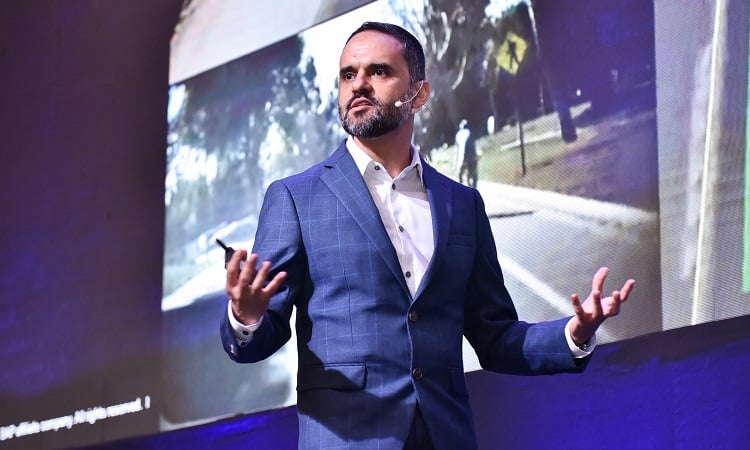TechBarrista recently reported about thought leaders’ views about Industry 4.0 during a session held in conjunction with the SAP Asian Innovators’ Summit. Also speaking at the event was Rudy Abrahams, SAP (Southeast Asia) Head of the Digital Transformation Office, who gave a lively session as to why companies should start transitioning toward becoming “Intelligent Enterprises”.
An Intelligent Enterprise essentially leverages emerging technologies such as artificial intelligence, machine learning, internet-of-things and analytics to enable the workforce to focus on higher value outcomes.
In Abraham’s mind, they are similar to autonomous vehicles: “An autonomous car can drive in the dark with a high degree of visibility through LIDAR technology. We can do the same in our organisation; once there were dark spots in the organisation, we can suddenly take data and start connecting those data and making good business decisions.
Visibility Crucial to Allow Focus on Right Things
“But it’s not only important to have visibility over the organisation; it’s making sure that we have focus on the right things. One of the things that autonomous cars do very well is collecting data all the time. They have the ability to simulate any object and its trajectory around themselves, and make a critical decision.”
Abrahams also described Intelligent Enterprises as self-learning intelligent systems: “As we start assimilating the data and federating that data, we begin to see that entire experience get heightened.”
He further said that three key areas of transformation included the customer experience, the backend functions, and the workforce. SAP had indeed taken the concept of the Intelligent Enterprise to whole new levels.
Working Towards Intelligent Enterprise status
At its annual SAPPHIRE NOW event held earlier this month, the company had unveiled 15 SAP Guided Outcomes, which are packages that bring together multiple SAP products that are frequently used together to deliver compelling business value.
In the first wave, SAP addresses five categories of business outcomes including cost optimisation, revenue growth, customer experience, total workforce management and product and service excellence. Many of the packages address cross-industry issues, while some are designed for specific industries including discrete, financial services, consumer and services. SAP Guided Outcomes have undergone technical validation and include best practice recommendations for deploying each solution.
To help customers embed exactly the level of intelligent capabilities their business needs, SAP has designed intelligent technology packages including machine learning, natural language understanding or advanced analytics capabilities.
To learn more about about the Intelligent Enterprise, here’s a good resouce: “Intelligent Enterprises: Unlocking New Possibilities Across Every Industry,” by Mala Anand, president, Intelligent Enterprise Solutions and Industries, SAP.


